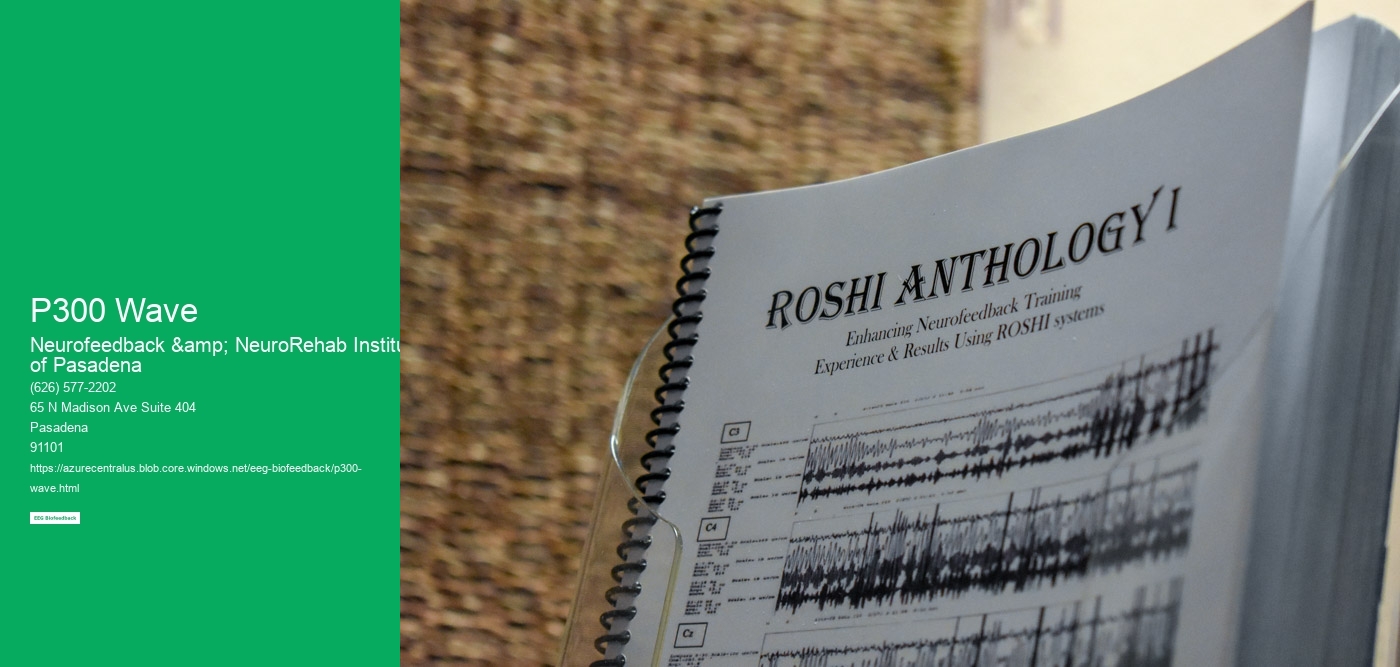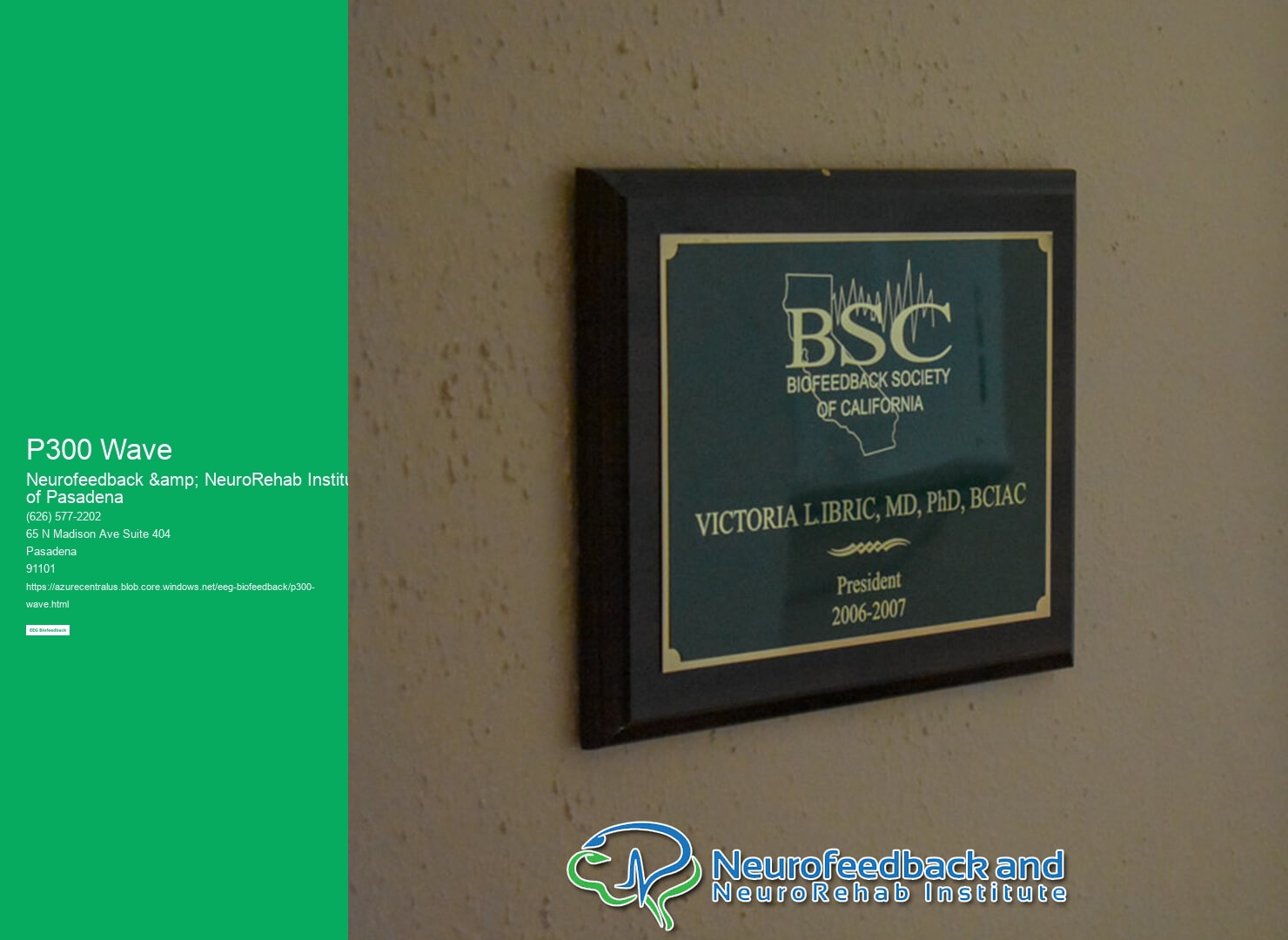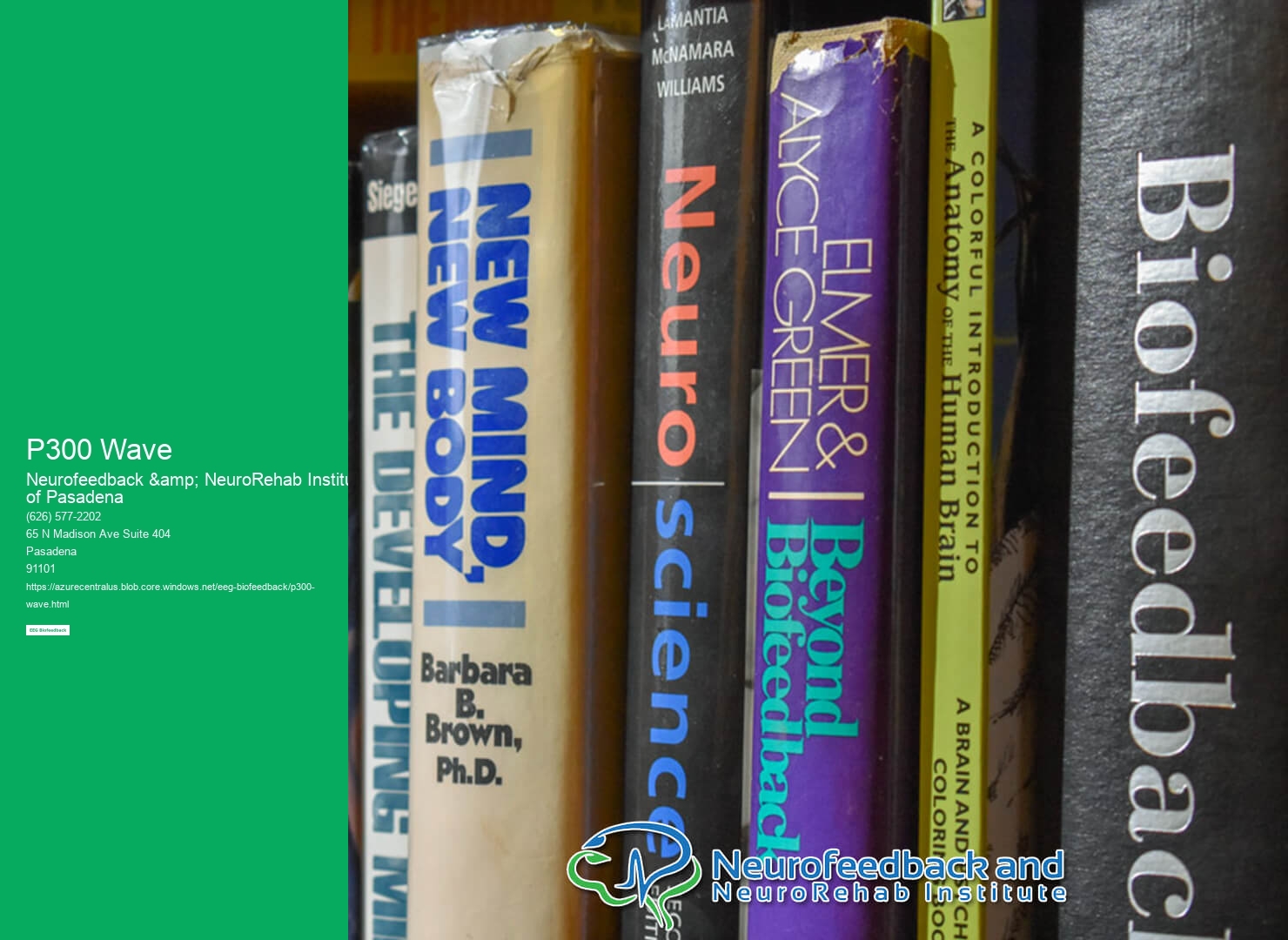

The P300 wave is a positive deflection in the brain's electrical activity that occurs approximately 300 milliseconds after a stimulus is presented. It is typically measured using electroencephalography (EEG), which involves placing electrodes on the scalp to detect and record the brain's electrical signals. During a P300 task, participants are presented with a series of stimuli, and their brain activity is recorded to identify the presence of the P300 wave. The amplitude and latency of the P300 wave are analyzed to understand cognitive processes such as attention and memory.
The P300 wave differs from other brain waves, such as alpha or beta waves, in terms of its timing and underlying cognitive processes. Alpha waves are associated with relaxed wakefulness, while beta waves are related to active thinking and concentration. In contrast, the P300 wave is specifically linked to cognitive processes related to attention and memory. It is a later-occurring wave, typically appearing around 300 milliseconds after a stimulus, whereas alpha and beta waves occur continuously throughout wakefulness.
Studying the P300 wave has various potential applications in neuroscience research. It can provide insights into cognitive processes such as attention, memory, and decision-making. Researchers can use the P300 wave to investigate how these processes are affected by different factors, such as age, neurological disorders, or the effects of drugs. Additionally, the P300 wave can be used to study the brain's response to different stimuli, such as visual or auditory cues, and can help in understanding how the brain processes and categorizes information.

The P300 wave has shown promise as a potential diagnostic tool for neurological disorders. Research has demonstrated that individuals with certain neurological conditions, such as Alzheimer's disease or attention deficit hyperactivity disorder (ADHD), exhibit alterations in the P300 wave compared to healthy individuals. By analyzing the amplitude and latency of the P300 wave, researchers can potentially identify biomarkers that could aid in the early detection and diagnosis of these disorders. However, further research is needed to establish the reliability and validity of using the P300 wave as a diagnostic tool.
Several factors can influence the amplitude or latency of the P300 wave. The amplitude of the P300 wave can be affected by factors such as the intensity or salience of the stimulus, with more significant or attention-grabbing stimuli typically eliciting larger P300 responses. The latency of the P300 wave can be influenced by factors such as the complexity of the task or the individual's level of attention. Additionally, individual differences, such as age or cognitive abilities, can also impact the characteristics of the P300 wave. It is essential to consider these factors when interpreting and comparing P300 wave data across individuals or experimental conditions.


The P300 wave is closely related to cognitive processes, particularly attention and memory. It is believed to reflect the brain's allocation of attentional resources and the updating of working memory. The amplitude of the P300 wave has been found to increase when individuals are actively engaged in a task or when they detect a rare or unexpected stimulus. The latency of the P300 wave has been associated with the speed of information processing and the efficiency of cognitive processing. By studying the P300 wave, researchers can gain insights into the neural mechanisms underlying attention and memory processes.
There are several current challenges in studying and interpreting the P300 wave. One challenge is the variability in P300 wave characteristics across individuals, making it necessary to establish normative data and account for individual differences. Another challenge is the potential influence of confounding factors, such as fatigue or distraction, which can affect the P300 wave's amplitude and latency. Additionally, the interpretation of the P300 wave requires careful consideration of the experimental design, stimulus characteristics, and data analysis techniques. Further research is needed to address these challenges and enhance the reliability and validity of using the P300 wave as a tool in neuroscience research.

Researchers address individual variability in response to EEG biofeedback interventions by employing a variety of strategies. Firstly, they conduct thorough assessments to identify baseline EEG patterns and individual differences in brain functioning. This allows them to tailor the intervention to each participant's specific needs. Additionally, researchers may use advanced statistical techniques to analyze the data and identify subgroups of participants who respond differently to the intervention. This helps to identify factors that may influence individual variability in response. Furthermore, researchers may also incorporate personalized feedback and goal-setting into the intervention, allowing participants to actively engage in their own treatment and adapt the intervention to their unique needs. Overall, by considering individual variability and employing personalized approaches, researchers aim to optimize the effectiveness of EEG biofeedback interventions for each participant.
Individuals with mood disorders should not discontinue medication without consulting their healthcare provider. EEG biofeedback interventions can be a helpful adjunctive treatment for mood disorders, but they should not be used as a replacement for medication. It is important for individuals to work closely with their healthcare provider to develop a comprehensive treatment plan that may include both medication and EEG biofeedback interventions. Discontinuing medication without medical supervision can lead to a worsening of symptoms and may have negative effects on overall mental health. Therefore, it is crucial for individuals to follow the guidance of their healthcare provider when considering any changes to their medication regimen.
The average duration of an EEG biofeedback session typically ranges from 30 to 60 minutes. During this time, the individual undergoing the session is connected to an EEG machine that measures their brainwave activity. The biofeedback therapist uses this information to provide real-time feedback and guide the individual in learning how to self-regulate their brainwaves. The session may involve various techniques such as deep breathing, visualization, and cognitive exercises to help the individual achieve a desired brainwave state. The length of the session may vary depending on the specific goals and needs of the individual, as well as the therapist's recommendations.
The fundamental principle behind EEG biofeedback, also known as neurofeedback, is the ability to train and regulate brainwave activity through real-time feedback. EEG biofeedback utilizes electroencephalography (EEG) technology to measure and monitor the electrical activity of the brain. By placing electrodes on the scalp, the EEG machine can detect and record brainwave patterns. These brainwave patterns are then analyzed and translated into visual or auditory feedback, which is presented to the individual in real-time. Through this feedback, individuals can learn to recognize and modify their brainwave activity, ultimately leading to improved cognitive functioning, emotional regulation, and overall well-being. The process of EEG biofeedback involves repeated sessions of training, during which individuals are guided to achieve specific brainwave states, such as increased alpha waves or decreased beta waves. With practice and reinforcement, individuals can develop greater control over their brainwave activity, leading to long-term improvements in various aspects of their mental and physical health.